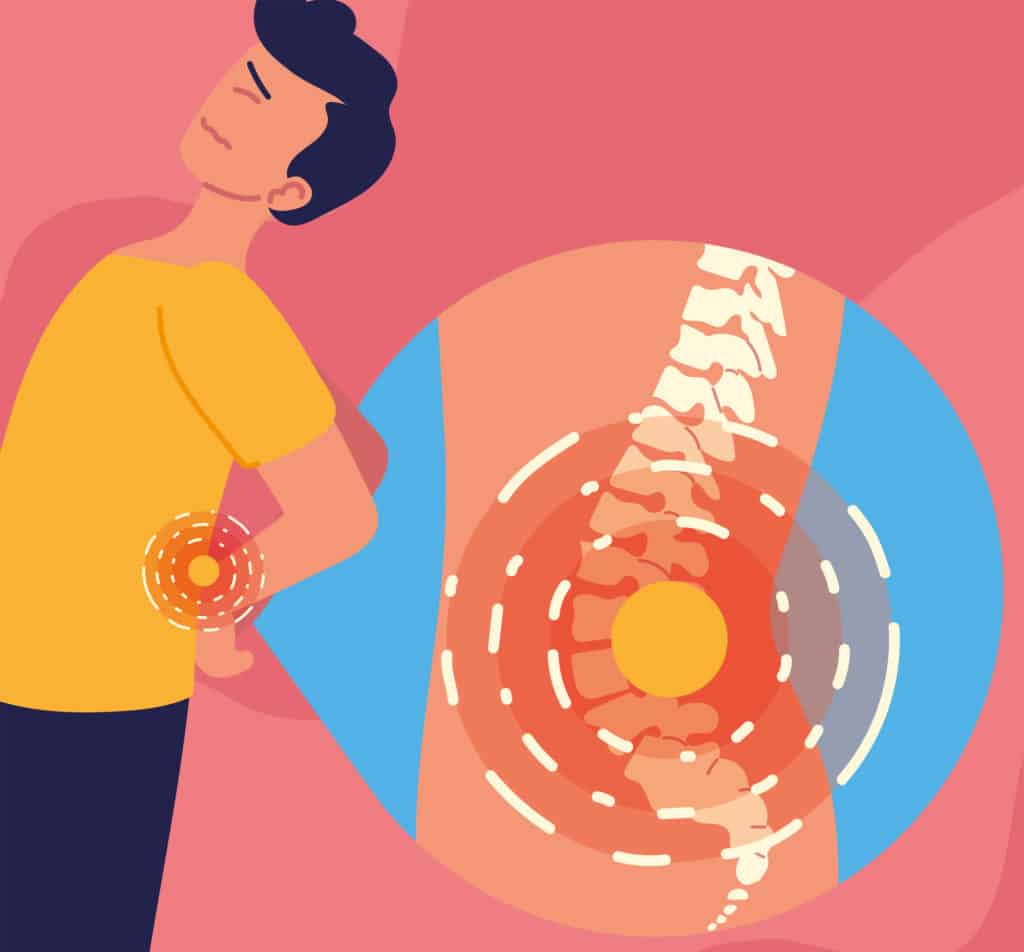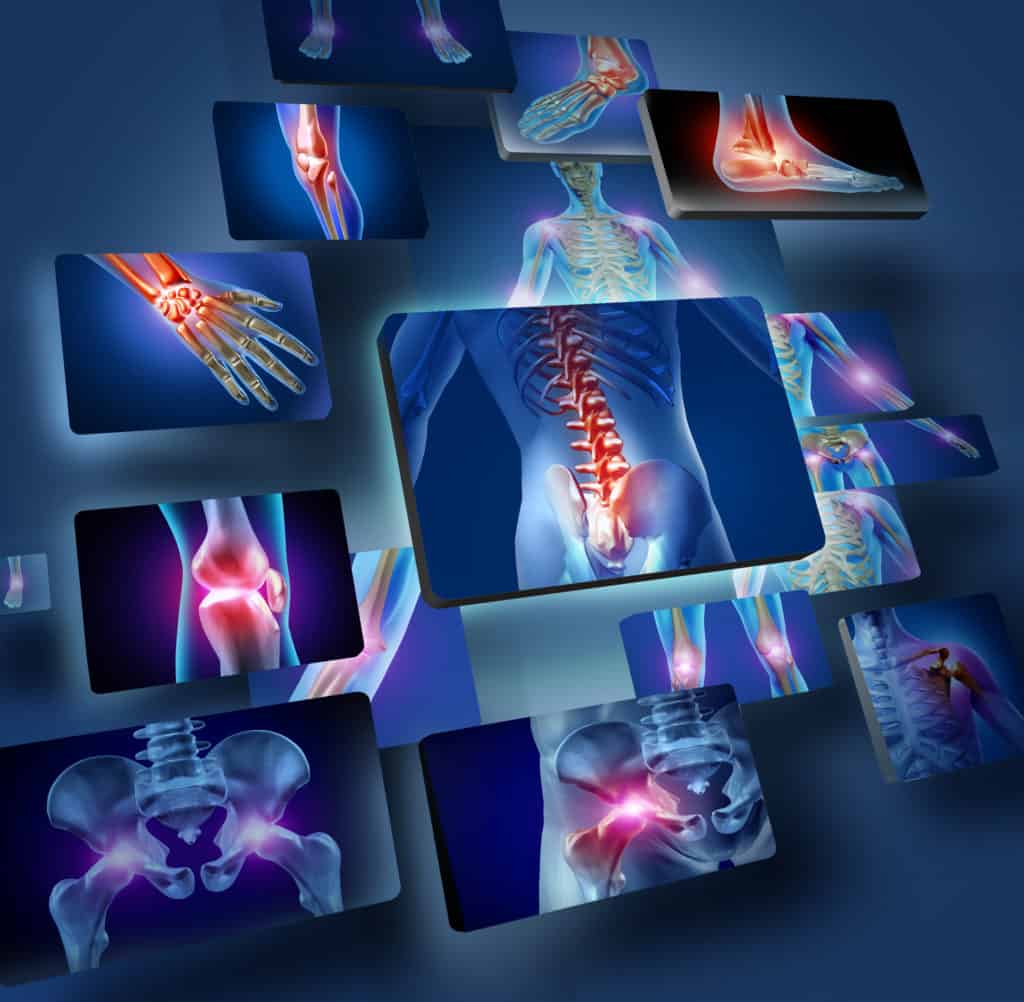
Do you suffer from chronic pain?
Have you heard people talk about Myofascial Release Therapy – celebrating the miraculous results of their treatment, but you’re not sure exactly what the treatment is or whether it is safe?
This article investigates the benefits of myofascial release therapy to help you decipher whether it’s the right treatment for you and your current health concerns. It also explains why Myofascial Release Therapy is a safe and effective treatment that improves many health conditions and often initiates the full resolution of associated symptoms.
Myofascial release is a specific form of manual therapy that a Myofascial Release Therapist performs. They use a combination of gentle stretching, compression, and tension on the fascia or connective tissue. During the treatment, the specially trained manual therapist uses their hands to apply pressure and stretch the muscles and connective tissues. It is a type of deep-tissue bodywork that relieves muscle tension, improves blood flow to muscles, and promotes healing.
More From Release Works Of Salt Lake
What Causes Myofascial Restrictions
What Are Trigger Points?
Is Myofascial Pain Syndrome Genetic?
Myofascial release is the therapy of choice for many patients looking for a natural way to overcome physical obstacles because it is a non-invasive type of therapy that does not use drugs or surgery. Instead, it helps relieve pain and assists the body in repairing and restoring the biological function of the muscles naturally. It does this by releasing chronic tension (caused by accident, injury, or illness) in the fascia or connective tissue surrounding muscles, organs, bones, ligaments, and tendons.
There are many so-called variations of myofascial release, including some that combine it with other therapies. For example, it is possible to perform self-myofascial release – using foam rollers or massage balls. But it needs to be done correctly – going in too hard, or with the wrong type of equipment, and you’re likely to cause yourself more problems. But when you know what you’re doing and use a foam roller that is “not too hard and not too soft,” it is a good form of maintenance therapy. It keeps your connective tissue hydrated and flexible.
Still, it’s nowhere near as powerful as professional Myofascial Release Therapy. Unfortunately, many people also confuse myofascial release therapy with straightforward Swedish massage, deep tissue massage, or sports therapy. This confusion is caused, for the most part, by spa therapists and masseuses mistakenly advertising their services as providing “myofascial release.” Sadly, this is because they aren’t educated on “proper” Myofascial Release Therapy.
Instead, they believe the term relates to superficially relaxing muscles. But – when a trained therapist performs it – Myofascial Release Therapy works on a much deeper level using an individualized program specific to your needs. As a result, it provides much more longer-lasting results.
So, unlike massage that provides minimal and temporary relief of symptoms, mainly through a brief period of relaxation, Myofascial Release Therapy helps reduce pain, improve flexibility and range of motion, speeds up recovery time for injuries, and restores a sense of well-being.
In practice, this unique bodywork therapy treats chronic pain and joint and muscle complaints by allowing blood flow and waste removal in the tissues and reducing inflammation. We also use it to treat tension headaches, TMJ (jaw pain), tinnitus, carpal tunnel syndrome, chronic fatigue, fibromyalgia, and others.
No two Myofascial Release Therapy sessions are the same, as we base them on your specific set of symptoms, medical history, triggers, and pain points. But most include a combination of stretching, compression, and manipulation of the soft tissues.
Even if you don’t suffer from chronic pain, Myofascial Release Therapy is profoundly relaxing. It is excellent before and after sports and gym workouts to improve flexibility, increase strength and reduce post-exertion muscle soreness. It can also prevent arthritis and help you avoid future problems with age-related joint degeneration and muscle weakness too with regular sessions.
So, you don’t have to wait until you’re in chronic pain to book a session.
It’s a tremendously good preventative therapy that health-conscious patients book (and enjoy) in the same way as you might book a regular spa treatment or massage. Myofascial Release Therapy doesn’t just provide physical benefits either. The mind and body work 100% in tandem. When the body is well, the mind is well – and vice versa.
What is Myofascia?

The science is quite complex. But put simply, myofascia comprises dense connective tissue made from collagen and elastin fibers, which bind together the muscles, bones, organs, and other structures inside your body. As a result, it supports and facilitates movement.
The word “fascia” actually translates to mean “band,” “bandage,” or “swathe” – so it’s holding everything on, together, and in place. Your skin would simply slip onto the floor like a pile of flesh-like fabric without fascia. The same is true for your eyeballs. Without the multipurpose fascia, they would be staring back at you from the floor because there would be nothing holding them (and allowing them to rotate) inside your eyelids.
In visual terms, the fascia is a bit like the layers of linen that encase Egyptian mummies – or the reams of toilet roll children often use to recreate this look in party games. It’s keeping us up, in, and moving around. We’d be lost – and a heap on the floor, without it. So, when something goes wrong. Like an accident, illness, injury, or chronic stress. Dehydration, rigidity, and shortening in the fascia can cause all sorts of problems all over the body. Sometimes in areas that appear to be utterly unrelated to the original problem because the fascia is all connected in one big body-shaped suit.
Like a “wave” at the stadium, it all moves together. For example, when you lift your left leg, the fascia in the righthand side of your head and neck are affected. When you twist your head to the left, the fascia in your left lower back moves and feels it too. When there is a restriction when you move your neck – the fascia all over your body has to adapt and change to accommodate the restriction and keep your head moving.
But that adaptation sometimes causes other problems – which is when chronic pain that seems to have appeared in isolation with no apparent cause tends to occur.
Is Myofascial Release Therapy Right For Me?

Myofascial release has many benefits and is a good choice for chronic pain because it has little to no side effects. It decreases muscle stiffness and soreness, increases range of motion, and reduces pain levels. It also helps you recover from surgery or other trauma more quickly.
This treatment aims to help reduce pain and restore mobility by releasing the fascia from the contracted muscle. There is no evidence that myofascial release therapy is unsafe in general. We can effectively use it to help people manage their health.
Overall, Myofascial release is a safe and effective holistic technique. It can help alleviate pain, restore motion, and improve the quality of life for those who suffer from chronic pain and stiffness in their joints and muscles. In addition, the risk of injury from myofascial release therapy is low, and the benefits of the treatment are numerous when a qualified Myofascial Release Therapist appropriately performs it.
We are restoring blood flow and function to tissues that have potentially long been dormant, dehydrated, stiff, and not functioning correctly. The renewed blood flow, lymphatic drainage, and other changes can sometimes cause a period of readjustment, where your body recalibrates to find its new and improved normal.
For some patients, this can result in symptoms like muscle twitches – as part of the muscle fiber release sensation, fatigue, dizziness, and lightheadedness. But all of these minor symptoms usually resolve within 24 hours after a period of rest to let your body do what it needs to do.
Myofascial release therapy is an effective way to treat various chronic health conditions, such as lower back pain and muscle strains.
Very rarely, some patients experience a short-term flare-up of pain as muscles and joints realign. Again, this pain usually resolves with rest and within the first 24 hours. It is possible that the relieving of what restriction has revealed another pain point, but your therapist can identify and treat this problem effectively too. It may just require one or two additional treatment sessions.
Although the benefits are apparent, certain risks are involved with this therapy for some people, depending on your health status. For instance, it may not be suitable if you suffer from a bleeding disorder or uncontrolled high blood pressure.
We recommend you consult your physician before Myofascial Release Therapy if you have any of the following: tumors, metabolic conditions, open wounds, broken bones or fractures, deep vein issues, or if you’re taking blood-thinning medication. But in almost all other cases, it’s 100% safe, and we offer a free consultation for all new patients to check and confirm whether or not it’s suitable for you.
Want to know more? Get in touch with at any time through our Myofascial Release contact page!

